

CarExpert.com.au
The CarExpert team's favourite cars of 2025
2 Days Ago
The Ford Escape ST-Line Plug-in Hybrid (PHEV) SUV has finally arrived, years after it was expected. Is it any good?



Quickly see how this car stacks up against its competition. Select any benchmark to see more details.
Where expert car reviews meet expert car buying – CarExpert gives you trusted advice, personalised service and real savings on your next new car.
Plug-in hybrid vehicles (PHEVs) have to this point largely failed to make substantial inroads into the Australian market – certainly to the same degree as regular hybrids or electric vehicles (EVs).
But as the list of options grows, expect public awareness and subsequent demand for these potentially eco-friendly ‘in-between’ offerings to increase accordingly.
For years almost the exclusive province of Mitsubishi with its dominant Outlander PHEV, recent times have seen the rollout of various challengers, mostly SUVs.

Obvious examples include the MG HS Plus EV, Mitsubishi Eclipse Cross PHEV, and Kia Niro PHEV; while at higher price bands there are the Peugeot 3008 GT Sport PHEV, Cupra Formentor VZe, Lexus NX450h+, Mercedes-Benz GLC300e, and BMW X3 xDrive30e.
The latest entrant into this niche (but growing) part of the car market is the Ford Escape ST-Line PHEV, based on the company’s slow-selling mid-sized SUV.
Perhaps one of the more oft-delayed products in recent times due to ongoing European supply chain snags, Ford Australia actually intended to offer the Escape PHEV here in the latter parts of 2020.
Is it a case of better late, than never?
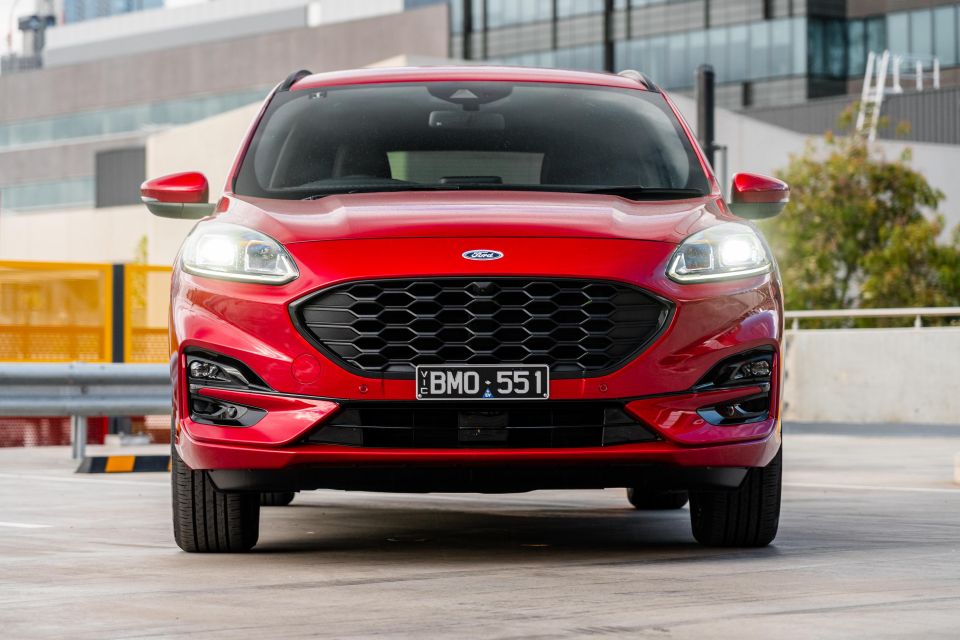
There’s just the one spec level to be offered with this PHEV drivetrain, called ST-Line, There’s no base or flagship Vignale versions offered as there are for the petrol-only version, which seems an unusual choice.
First deliveries of the 2022 Ford Escape ST-Line PHEV retail for $53,440 before on-road costs, which is actually fairly close to the initial $52,490 price announced around two years ago – considering how much more expensive everything has become lately.
But from July 1 this year, the price climbs $1000 to $54,440 plus on-roads.
That’s reasonable in context, positioning the Ford between the Mitsubishi Eclipse Cross PHEV Aspire ($50,490) and Exceed ($54,490) grades. On the other hand, the cut-price Chinese MG HS Plus EV retails for between $46,490 and $48,990 drive-away. Toyota’s top-selling RAV4 Hybrid is similarly priced in top-spec Edge AWD Hybrid guise ($52,700), though doesn’t offer anything like the Escape’s EV-only range.
For context, the Ford Escape ST-Line with just a regular petrol engine costs between $37,990 and $40,990. So the PHEV system ain’t cheap.
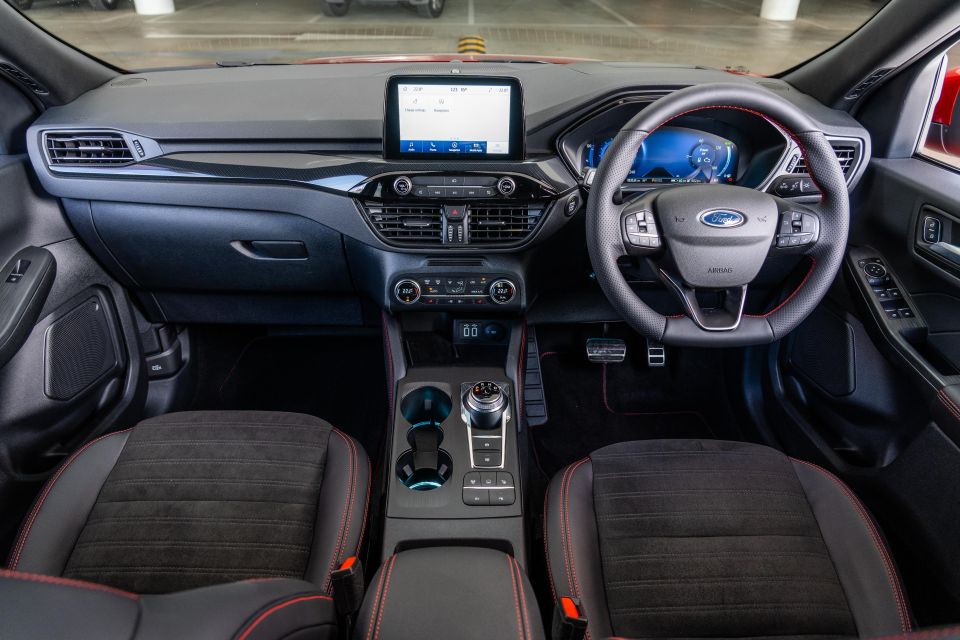
Buy your new car without the stress. It's fast, simple and completely free.

Great service from Travis and team, second time I have used this business would not hesitate to recommend them to anyone
Craig C.
Purchased a Ford Ranger in Sunshine Coast, QLD
CarExpert helped Craig save thousands on his Ford Ranger, now let us save you on your next new car.
Find a dealThe Escape PHEV ST-Line’s interior is much like other Escape models.
The red stitching, silver metallic highlights, and faux carbon-fibre pieces give some pizzazz to an otherwise fairly drab-looking interior, with a mixed-bag of soft and hard plastics. The materials used on the doors and lower parts of the dash really feel a little cheap for a $50,000-plus vehicle.
The steering wheel has a typical-of-Ford squishy steering wheel using perforated Sensico artificial leather, with ample adjustments. The seats look really nice, but I found them a little flat in the base.
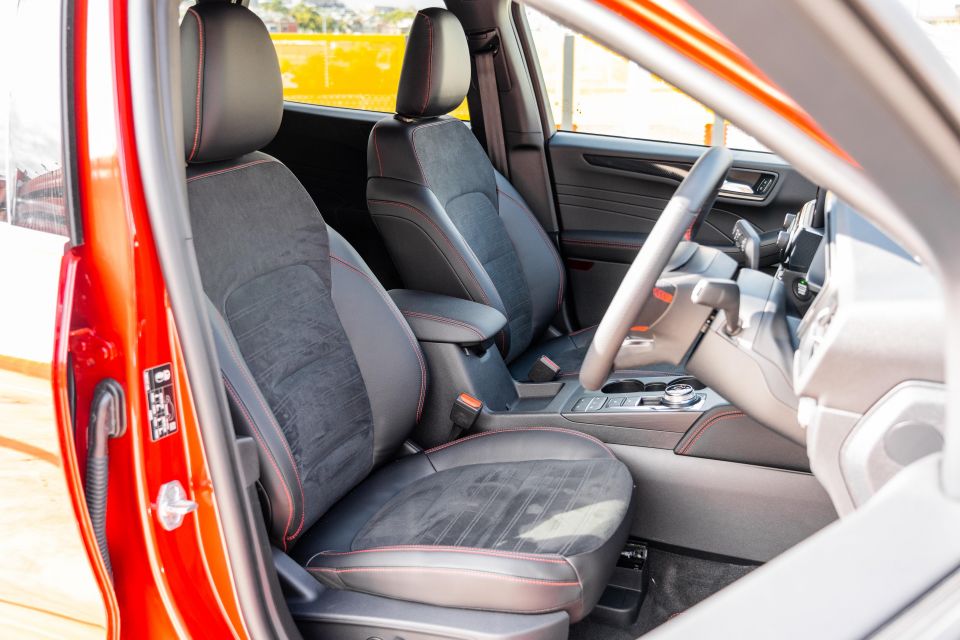
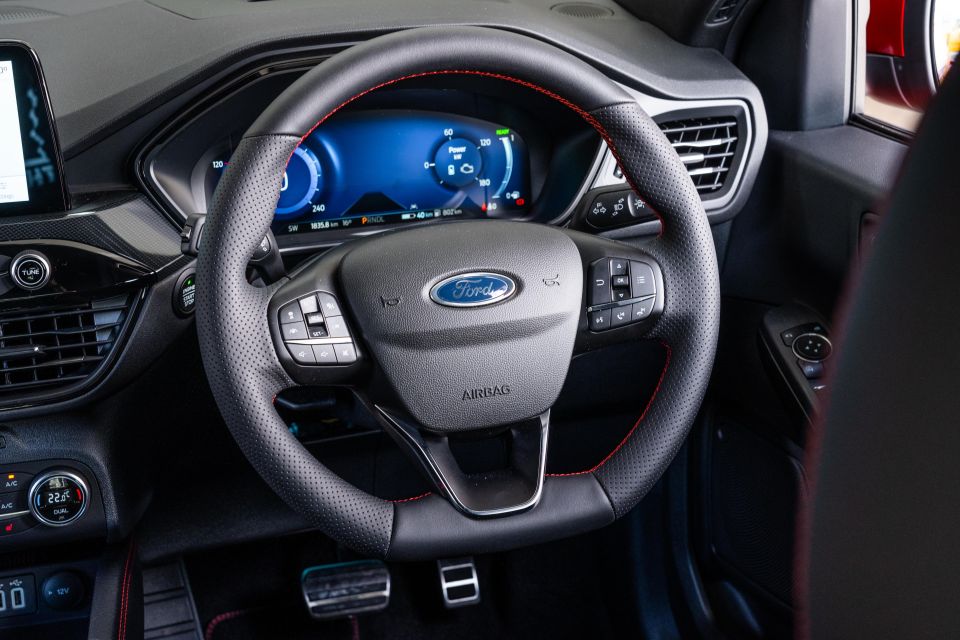
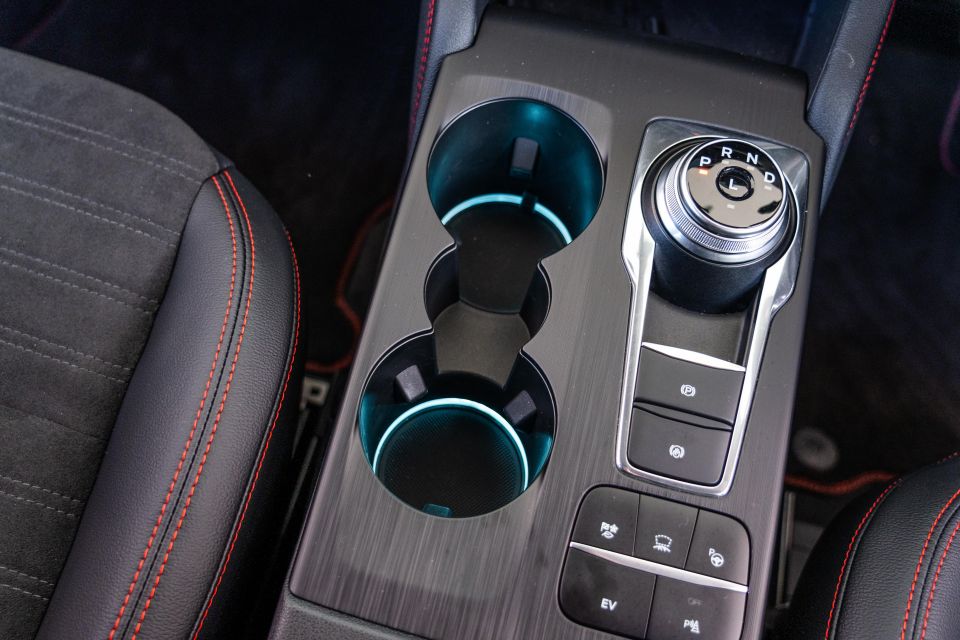
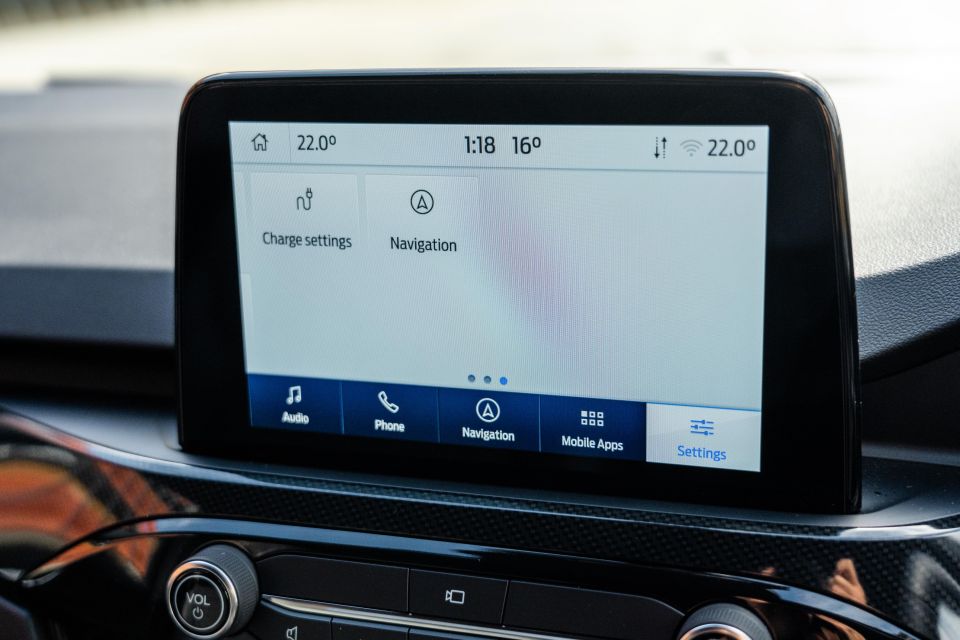
Behind them sits a large 12.3-inch digital instrument cluster which doesn’t process data quite as rapidly as the most cutting-edge systems, but which looks very swish with its various skins. The optional head-up display readout doesn’t project onto the windscreen, but rather a small fold-up glass piece.
The centre tablet display is quite small at 8.0 inches, but the Ford Sync 3 system (no longer the latest generation) remains dead-simple to negotiate. There’s a helpful PHEV system diagram buried on one of the menus, and a battery-health readout too.
Your various driving modes are controlled by buttons alongside the centre tunnel, with corresponding confirmation readouts in the centre tunnel, while the shift-by-wire transmission rotary dial is a novel approach.
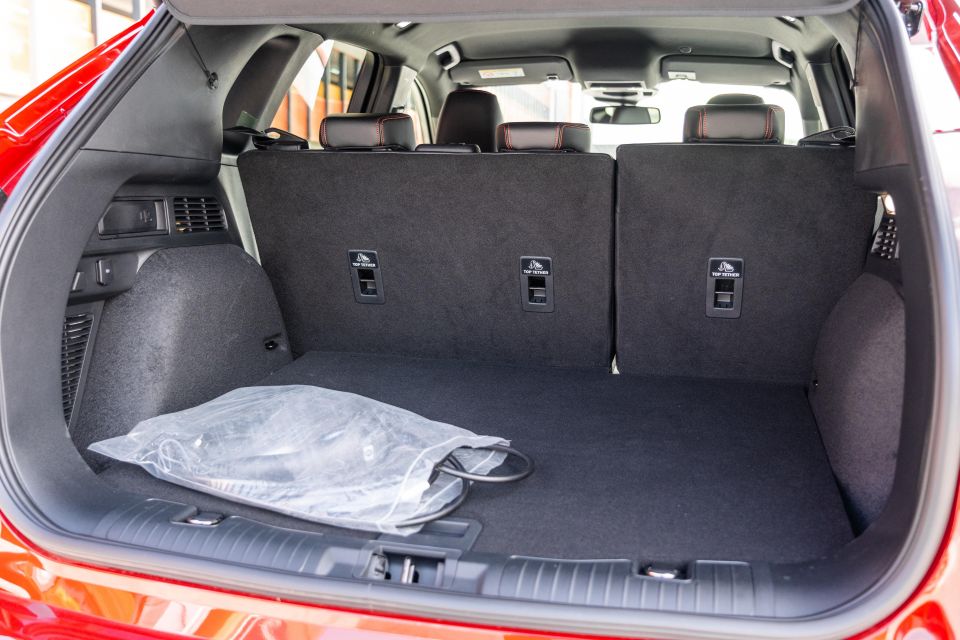
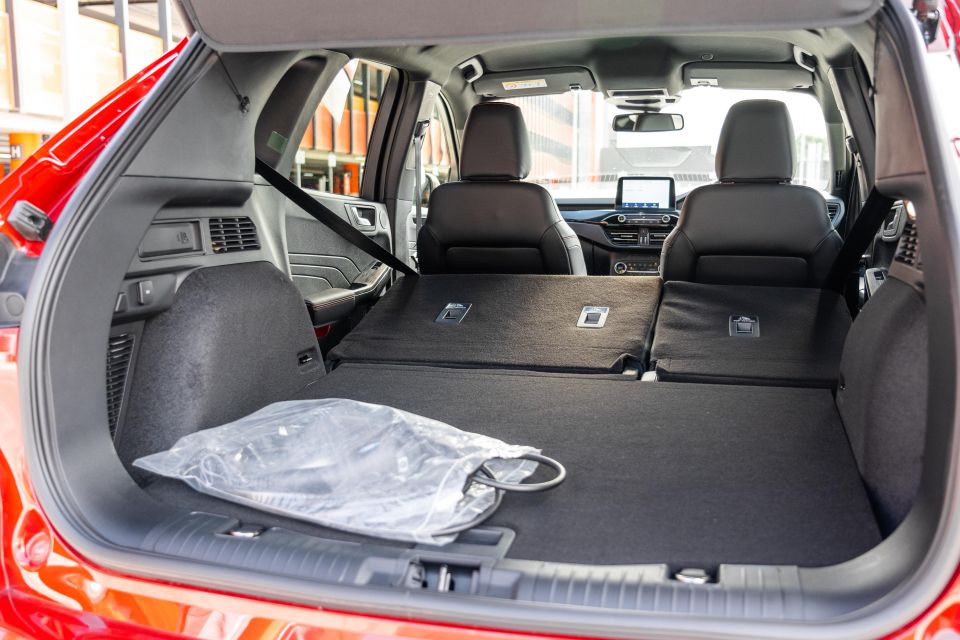

Storage comprises an open shelf under the climate controls with two cleverly-lit USB ports, plus two (also backlit) centre cupholders, and bottle-friendly door bins.
The back seats are good, with my 194cm frame able to fit behind my own driving position without much trouble, and occupants get separate vents and USB ports. The seats fold 60:40, and there’s a pull-down centre armrest.
Boot capacity does not change for the Escape PHEV, staying at 556L with five seats in use (to the roof). The boot floor measures 1729mm long, 1051mm between the wheel arches, and 833mm tall.
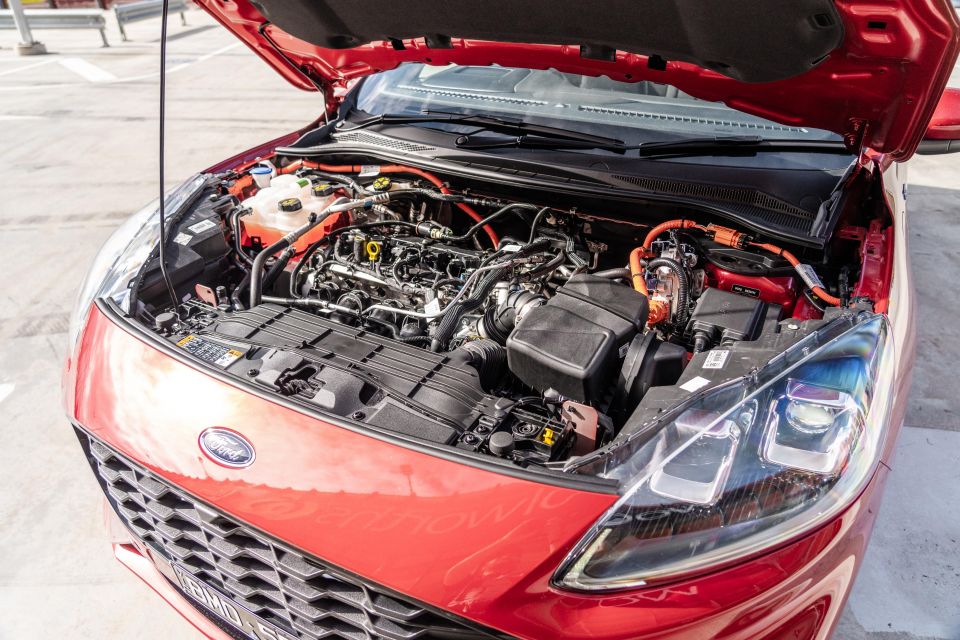
The Escape PHEV’s complicated drivetrain comprises a 2.5-litre naturally aspirated petrol engine running the efficiency-focused Atkinson drive cycle, an electric drive motor-generator, and a lithium-ion battery with 14.4kWh energy capacity.
The maximum power output is a decent 167kW, sent to the front wheels through an e-CVT automatic transmission. At 1843kgkerb, it’s 222kg heavier than the non-PHEV version in FWD.
The PHEV is also the least capable towing vehicle in the Escape range. It has a maximum braked towing capacity of 1200kg, where all the other models can tow up to 1800kg.
Ford claims combined-cycle fuel economy of 1.5 litres per 100km – as always with PHEVs, entirely contingent on your charging habits – and up to 56km of pure-electric range. The fuel tank is 45 litres, 12L smaller than the other Escapes, but then again its efficiency is far greater.

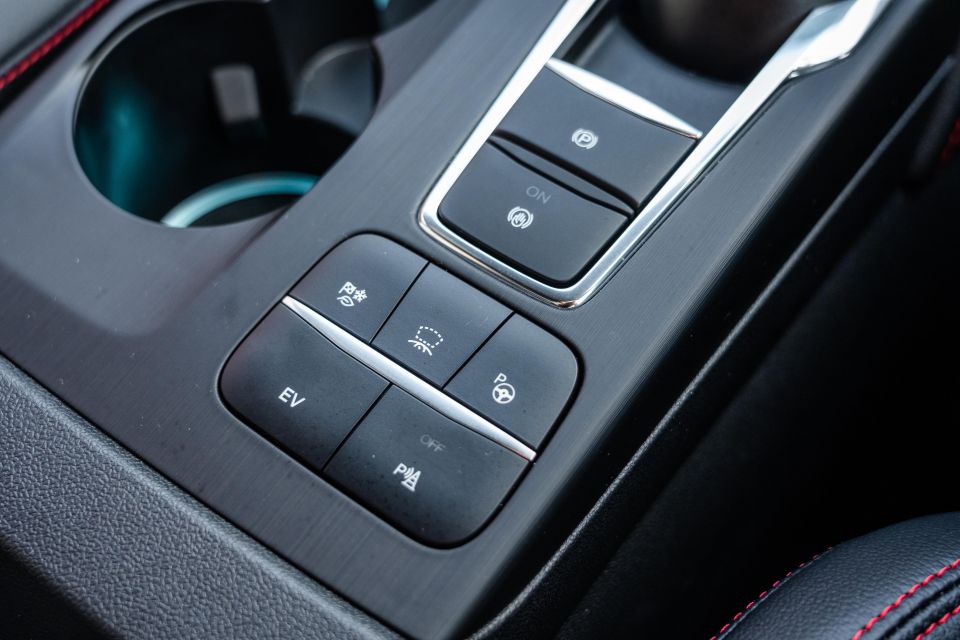
There are four driving modes: EV Auto (default, set-and-forget), EV Now (prioritises battery-only miles until depleted), EV Later (uses the engine to keep the battery at a set charge for later, though I didn’t find this entirely true), and EV Charge (engine recharges the battery, beyond regular regenerative braking, like a generator).
The battery is best charged using a backlit passenger-side front guard-mounted Type 2 charging port and is also to a tiny degree automatically replenished on the move using regenerative charging that captures the kinetic energy normally lost during braking.
The easiest way to charge is to plug it into a regular wall powerpoint at home through the supplied three-prong cable and leave it overnight – while monitoring it from the Ford app from your couch. That is, if you have the facilities.
You can also use a Level 2 public AC charger or home wallbox, which rapidly escalate your charge times and the latter of which costs a few grand to buy and have installed.
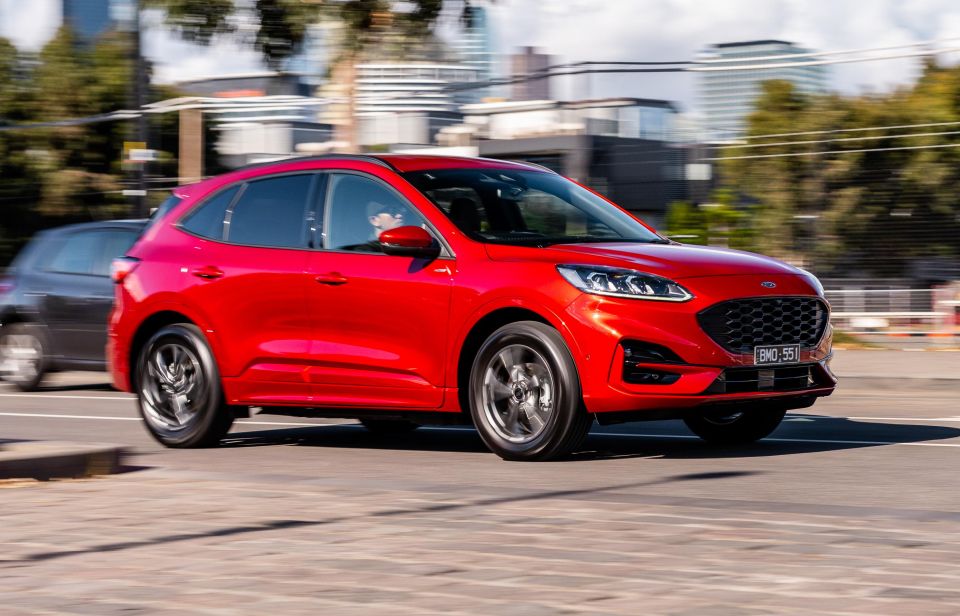
The regular Escape is one of the more fun-to-drive medium SUVs out there, with light yet quick steering offering sharp turn-in, well-sorted body control, and a ride quality that balances comfort and control except over particularly sharp imperfections (e.g. potholes).
It frankly feels quite car-like, even though the rear torsion beam suspension doesn’t sound particularly sporty.
I also managed a zero to 100km/h dash in 9.0 seconds, which is acceptably brisk for most users I’d venture. This was in the Sport setting which limits the car to its default driveline mode.
That lack of a Mitsubishi-style multi-motor all-wheel drive (AWD) system does limit its versatility however, and the way it puts its power down when driving aggressively. Ground clearance in the Escape PHEV is also 18mm lower than the petrol-only models, at 160mm.
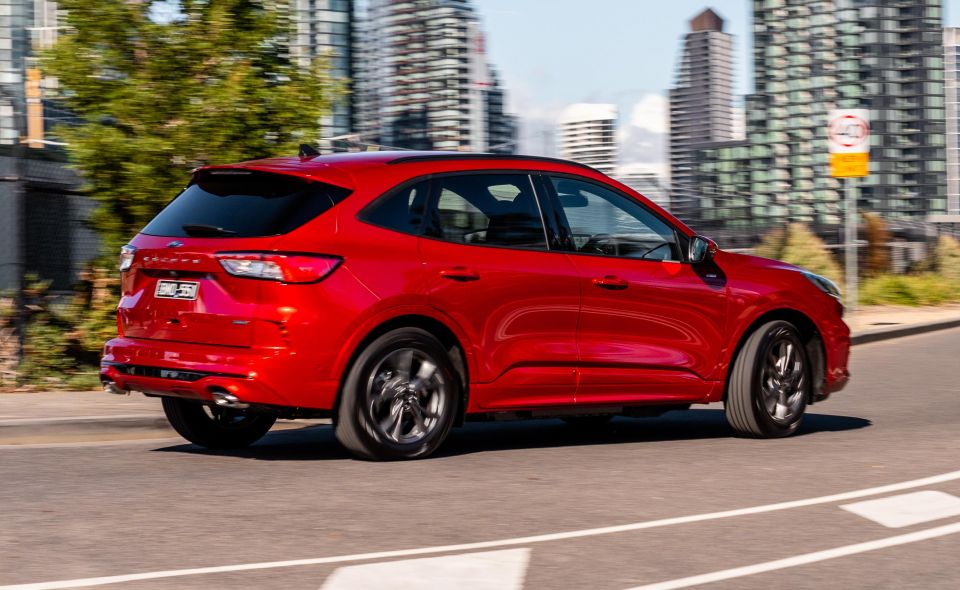
While it’s not the absolute cutting-edge of PHEVs given its age – some incoming alternatives are said to offer greater all-electric range for instance – I found the Escape PHEV to be a pretty cohesive effort.
This gist is this: For daily driving errands it’s an electric car provided you charge it like you charge your phone, but on long trips or when you forget to charge it, it reverts to driving like a regular hybrid car – just heavier because of the big battery. It’s a sort of ‘in between’ technology.
The highest-profile test, of course, is pure electric range. I found the 50km mark to be a good, achievable average per charge, which is fine for many urban commutes.
When I really applied caution and drove like an urban hyper-miler, I even eked out an indicated 63km EV-only stint.
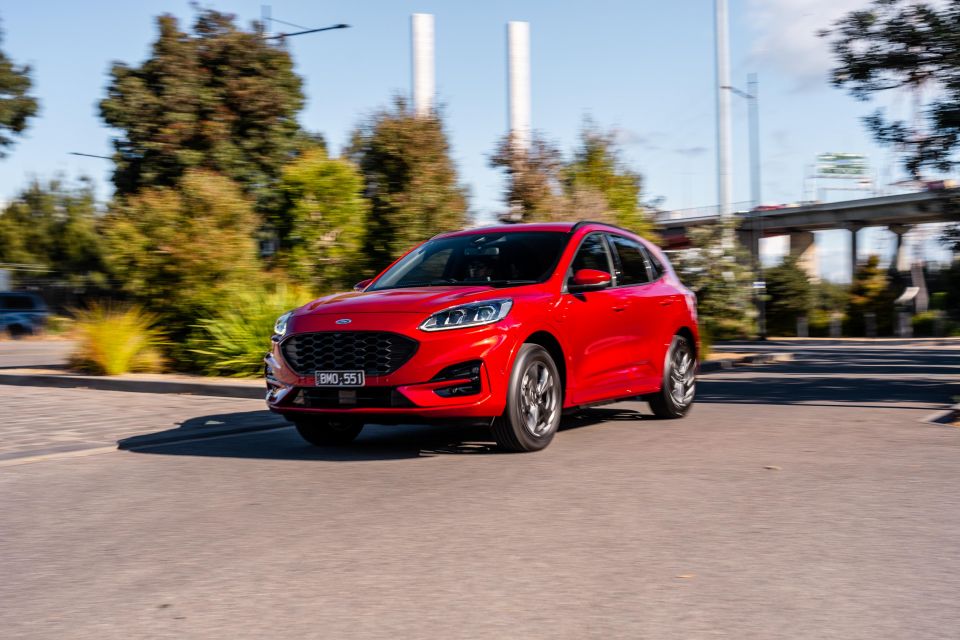
Following this test I then recharged the battery to 100 per cent from my wall socket at night, conducted a mixed 130km drive loop the next morning, and finished with a fuel economy readout of 2.1L/100km. This comprised 70.1km of electric driving incorporated – the battery until drained, plus moments of coasting and downhill energy recuperation all count.
For a second crack I charged it to 85 per cent, spent two hours at the wheel on a fairly highway-biased, combined-cycle drive loop of 128.4km, and did 73.2km under electric power. I yielded 3.3L/100km fuel economy on this stint.
This part largely squares up with my test car’s lifetime figures: 1916km since the main trip computer was reset, in the hands of various drivers, with a cumulative readout 3.3L/100km average, taking into account semi-regular wall charging on the part of various borrowers.
That’s good, but still doubles the claim… Which frankly shows how silly PHEV fuel economy claims are in general, given they really only make sense on a 100km loop leaving with a full charge, and won’t be replicated over the next 100km in the journey.
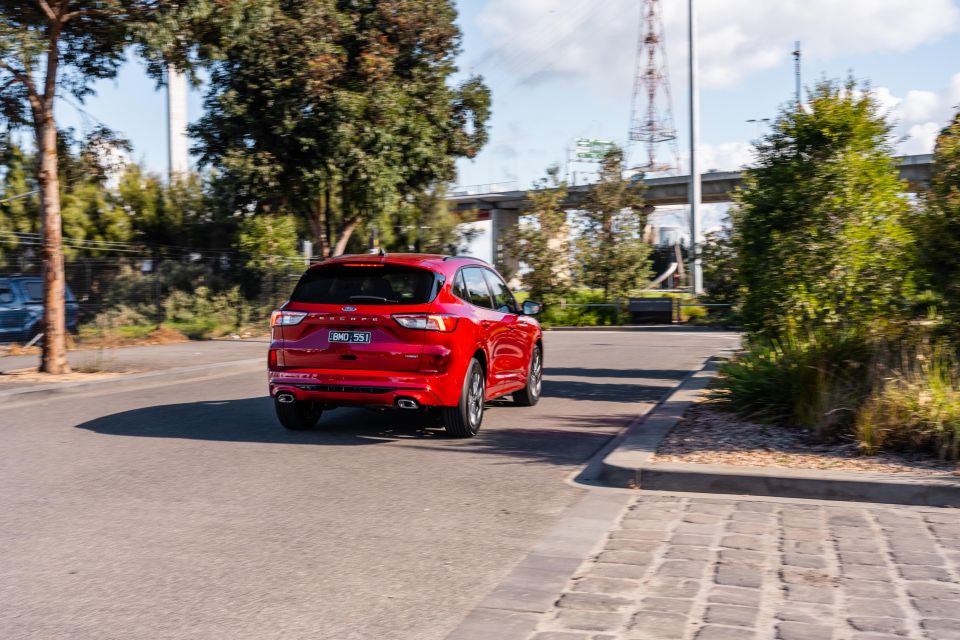
Of course, you won’t always be leaving with any charge at all, at which point the Escape PHEV becomes a slightly heavier regular hybrid, relying on clever electronics to dip into hidden battery reserves when coasting or at low-rolling speeds.
Impressively, my average fuel economy in these conditions was 5.7L/100km, which is similar to what I’d expect from a regular Toyota RAV4 Hybrid, which cannot drive long distances as an EV like this Ford can. This was based on a 64km loop, with 13km of this utilising these battery reserves.
Even with no useable battery charge indicated, like all good hybrids it tends to roll off the line electrically to maximise smoothness, and at those times where the petrol engine fires up, it does so without offensive noise or vibrations.
So, while the Escape PHEV doesn’t present any massive surprise, it felt cohesive, refined and most of all predictable in its energy use.
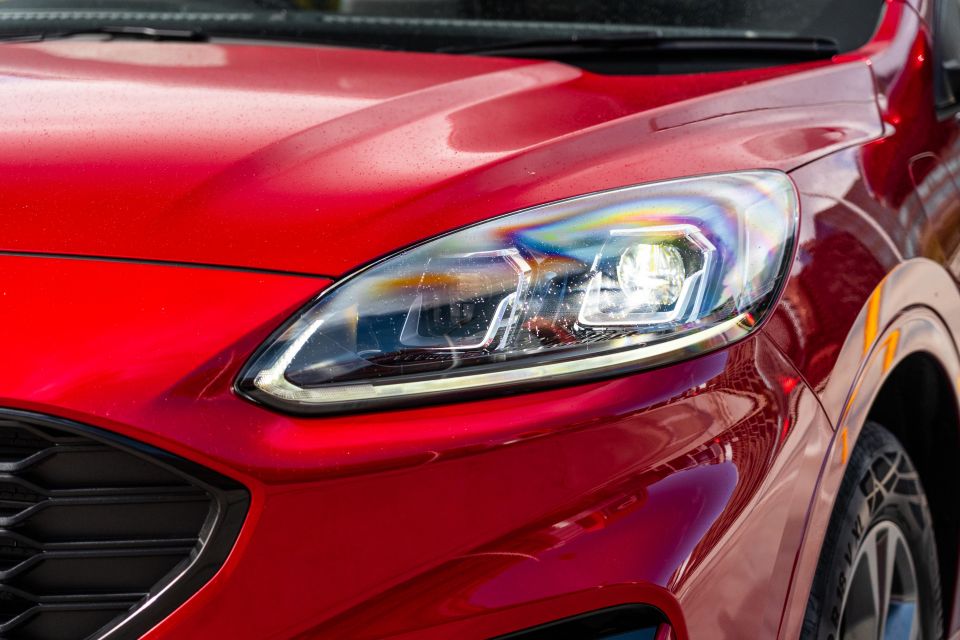



Standard equipment includes:
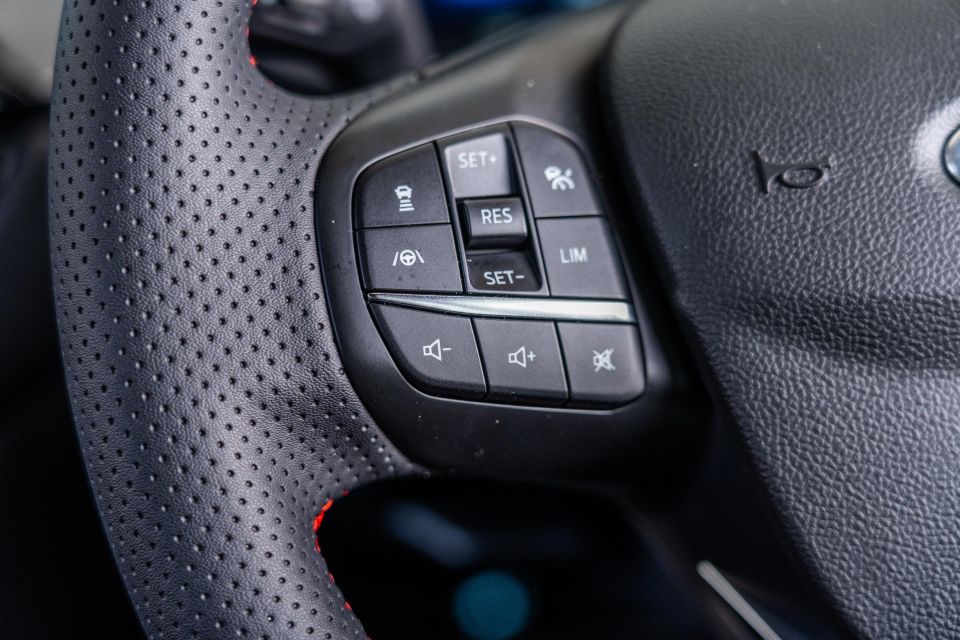
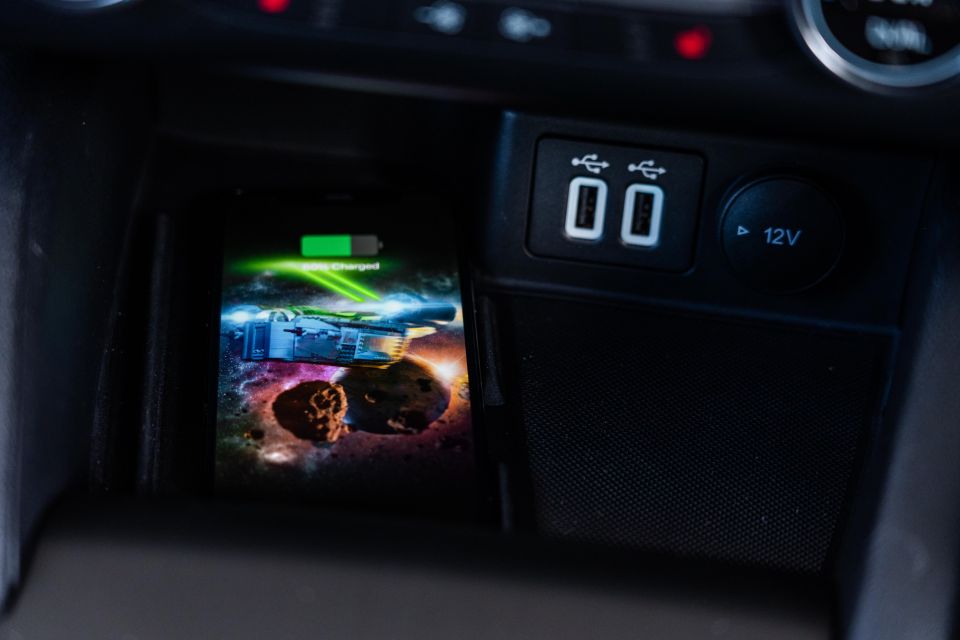
Where expert car reviews meet expert car buying – CarExpert gives you trusted advice, personalised service and real savings on your next new car.
Options include:

The Ford Escape range – PHEV included – holds a five-star ANCAP safety rating, scoring 92 per cent for adult protection, 89 per cent for child protection, 82 per cent pedestrian/cyclist protection, and 77 per cent for safety assist.
You can read the safety report here.
Standard safety features include:
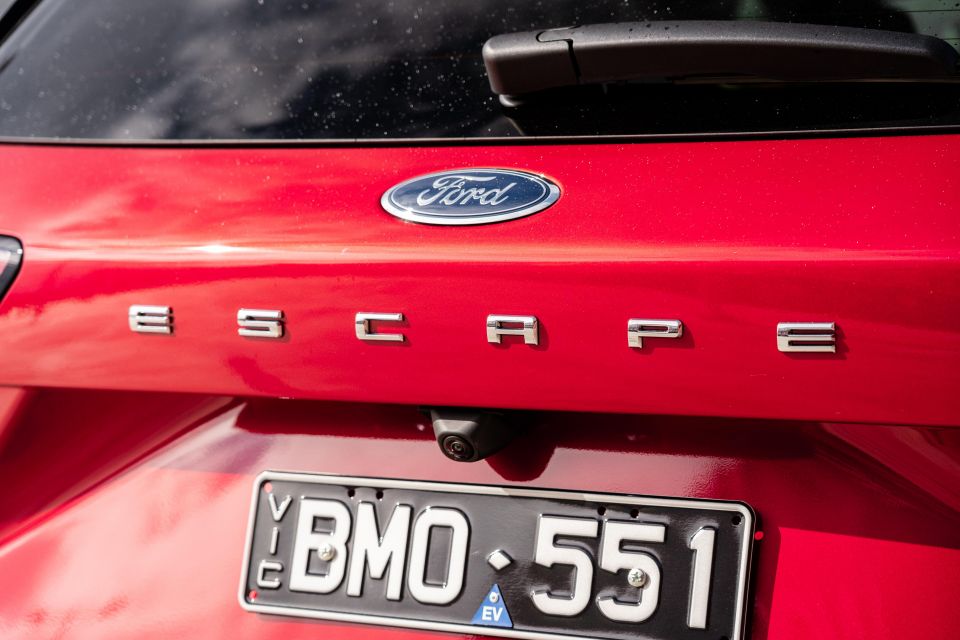
Ford provides a five-year and unlimited-kilometre factory warranty, with the electric motor and high-voltage system parts, including the battery, covered by an eight-year, 160,000km warranty (whichever comes first).
Service intervals are every 12 months or 15,000km, and each of the first four visits is pegged at a maximum of $299.
Ford offers service loan cars, auto club memberships, and roadside assist.
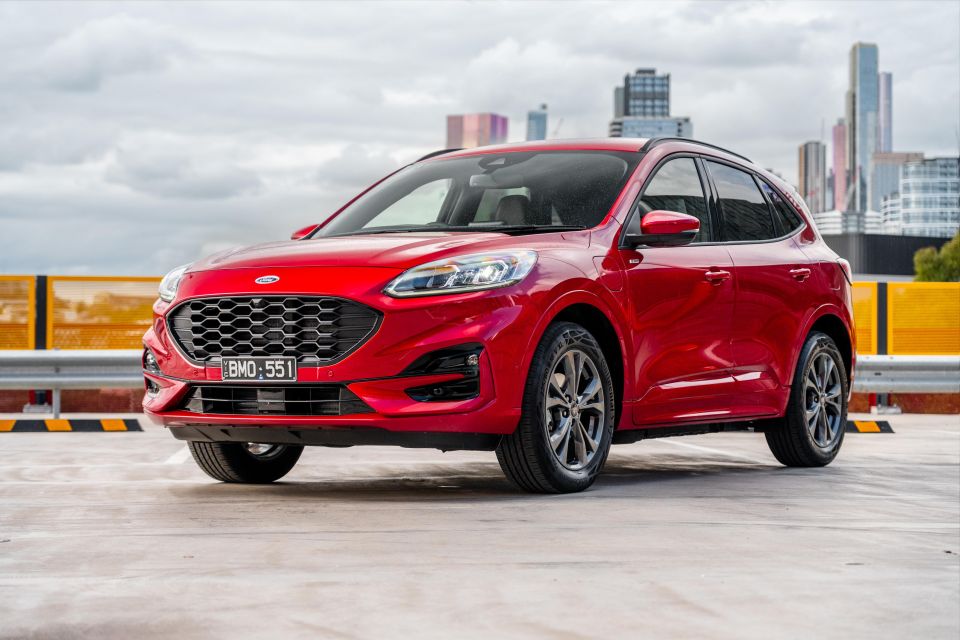
The Ford Escape PHEV is finally here after myriad delays, and unsurprisingly it no longer feels like the very newest offering out there.
But what it does offer is a technology bridge between a normal hybrid family SUV and a fully electric one, with the promise of fuel savings over the non-PHEV regardless of how you drive.
Make sure that PHEV technology works for your individual user case, and don’t expect it to pay off the purchase price premium – you need other reasons to buy it as well.
This is a solid offering in a growing market niche.
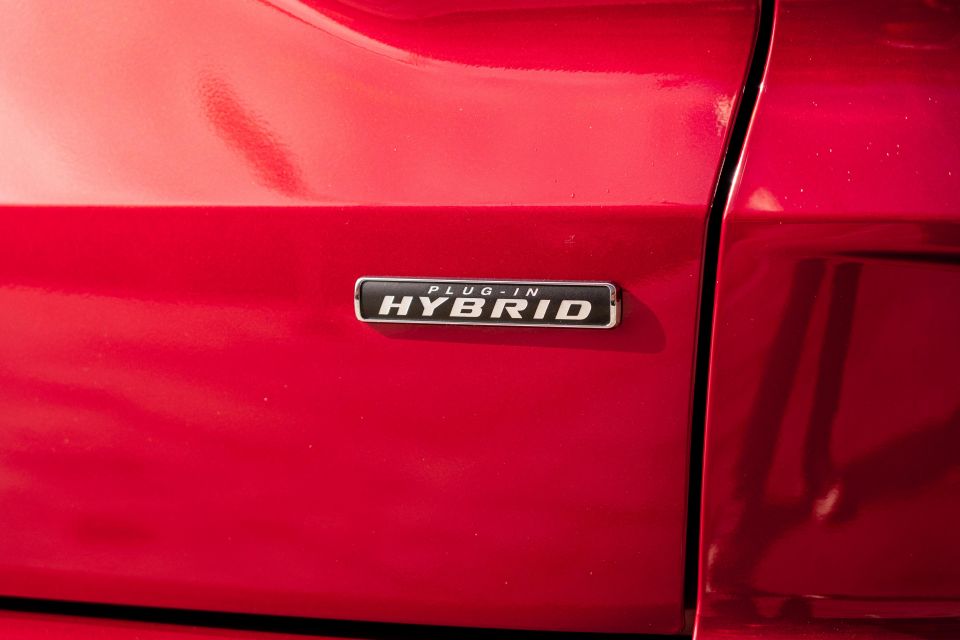
Click the images for the full gallery
MORE: Everything Ford Escape
Where expert car reviews meet expert car buying – CarExpert gives you trusted advice, personalised service and real savings on your next new car.


CarExpert.com.au
2 Days Ago


Damion Smy
3 Days Ago


Damion Smy
3 Days Ago


Josh Nevett
3 Days Ago


Max Davies
4 Days Ago


Ben Zachariah
4 Days Ago